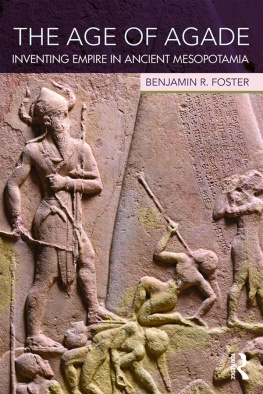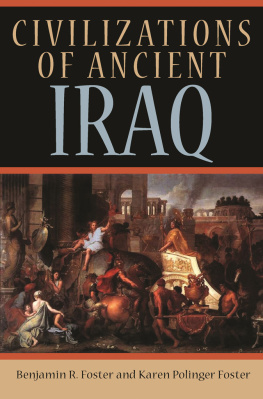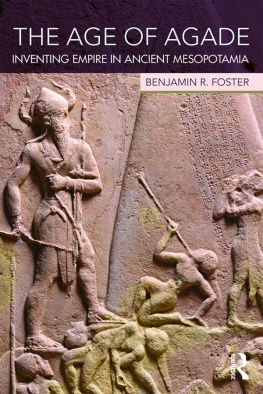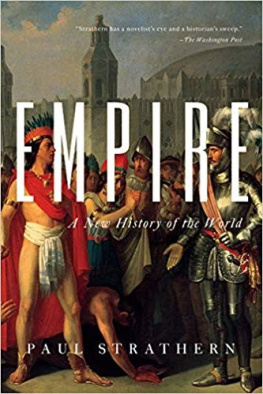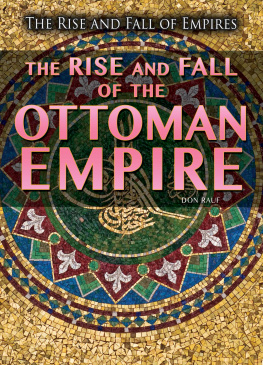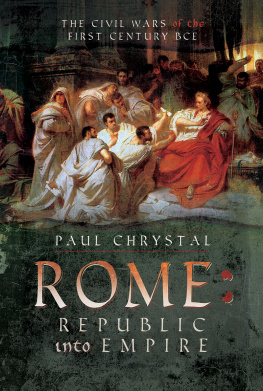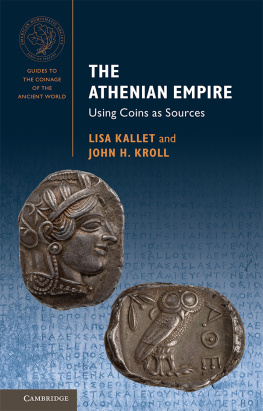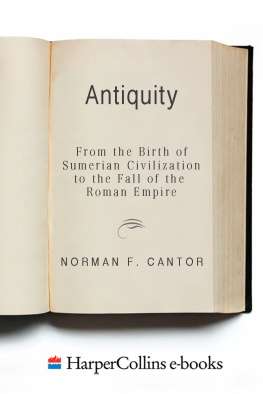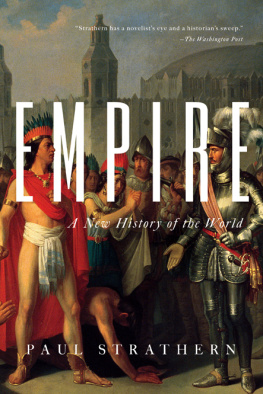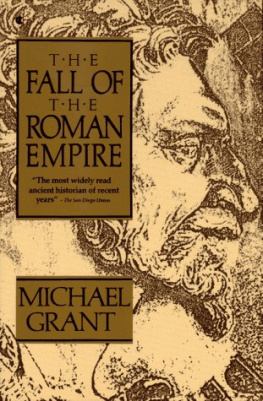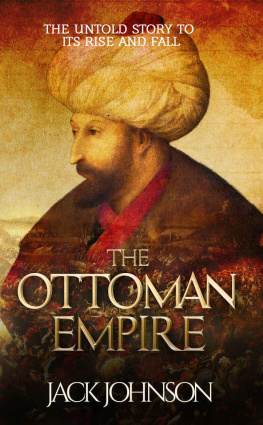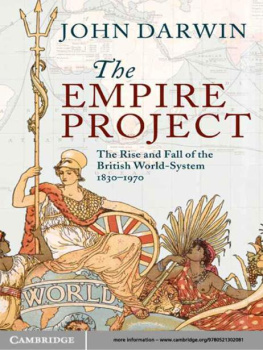The Age of Agade
The Age of Agade is the first book-length study of the Akkadian period of Mesopotamian history, which saw the rise and fall of the worlds first empire during more than a century of extraordinary political, social, and cultural innovation. It draws together over 40 years of research by one of the worlds leading experts in Assyriology to offer an exhaustive survey of the Akkadian empire.
Addressing all aspects of the empire, including its statecraft and military, territory and cities, arts, religion, economy, and production, The Age of Agade considers what can be said of Akkadian political and social history, material culture, and daily life. A final chapter also explores how the empire has been presented in modern historiography, from the decipherment of cuneiform to the present, including the extensive research of Soviet historians, summarized here in English for the first time. Drawing on contemporaneous written and artifactual sources, as well as relevant materials from succeeding generations, Foster introduces the reader to the wealth of evidence available. Accessibly written by a specialist in the field, this book is an engaging examination of a critical era in the history of early Mesopotamia.
Benjamin R. Foster is Professor of Assyriology at Yale University, USA.
First published 2016
by Routledge
2 Park Square, Milton Park, Abingdon, Oxon OX14 4RN
and by Routledge
711 Third Avenue, New York, NY 10017
Routledge is an imprint of the Taylor & Francis Group, an informa business
2016 B. Foster
The right of Benjamin Foster to be identified as author of this work has been asserted by him in accordance with sections 77 and 78 of the Copyright, Designs and Patents Act 1988.
All rights reserved. No part of this book may be reprinted or reproduced or utilised in any form or by any electronic, mechanical, or other means, now known or hereafter invented, including photocopying and recording, or in any information storage or retrieval system, without permission in writing from the publishers.
Trademark notice: Product or corporate names may be trademarks or registered trademarks, and are used only for identification and explanation without intent to infringe.
British Library Cataloguing-in-Publication Data
A catalogue record for this book is available from the British Library
Library of Congress Cataloging-in-Publication Data
Foster, Benjamin R. (Benjamin Read), author.
The age of Agade : inventing empire in ancient Mesopotamia /
Benjamin R. Foster.
pages cm
Includes bibliographical references.
1. Akkadians. 2. IraqHistoryTo 634. I. Title.
DS72.3.F67 2015
935.01dc23
2015011530
ISBN: 978-1-138-90971-7 (hbk)
ISBN: 978-1-138-90975-5 (pbk)
ISBN: 978-1-315-68656-1 (ebk)
Typeset in Baskerville
by Apex CoVantage, LLC
Contents
In the course of my work on the Akkadian period, I have benefited from the research of everyone who has written on this fascinating phase of Mesopotamian history. More particularly, two invitations helped in the evolution of this study: from Mario Liverani and the University of Rome La Sapienza to participate in Akkad. Il primo impero universale: strutture, ideologia, tradizioni in 1990, and from Jean-Marie Durand and the Collge de France to present four general lectures on LAge dAgad (2010), from which portions of this book are derived. It is a great pleasure for me to thank them and to acknowledge the host institutions for their interest and support.
I am grateful to those colleagues who have shared ideas, information, and manuscripts with me for use in advance of their publication, notably Karen Polinger Foster, Abather Saadoon, Emanuelle Salgues, Ingo Schrakamp, and Aage West-enholz. Many others gave me references, answered queries, sent me their publications, or directed my attention to important issues and evidence; I hope that they will accept this book as my appreciative acknowledgment of my debt to them all. Studies that reached me after the end of 2014, except for the occasional preprint, could not be included here.
For advice and assistance with the illustrations and permission to use certain images, my particular thanks go to Sidney Babcock, Erika Bleibtreu, Giorgio Buccellati, Dominique Charpin, Sophie Cluzan, McGuire Gibson, Ulla Kasten, Lutz Martin, Augusta McMahon, Joan Oates, Julian Reade, Abather Saadoon, Jonathan Taylor, Michaela Weszeli, Irene Winter, and Richard Zettler. The maps were drawn by Alberto Urcia, using drafts by Thomas Eby.
Eckart Frahm and Daniel Potts read portions of the manuscript and saved me from various mistakes and omissions. Aage Westenholz read the whole amid other more pressing tasks and honored me with a searching and sometimes scathing criticism of what I had done. This led me to rethink many a statement and claim and allowed me to correct some blunders. I thank all three for their generosity with their time and knowledge, without intending to suggest that they are in any way responsible for the outcome.
My greatest personal and intellectual debt is to Karen Polinger Foster, who drew various of the plates, read the entire work repeatedly, and made innumerable improvements in its content, style, accuracy, logic, and organization, leaving it much better than when she started.
Benjamin R. Foster
| BdI Adab | Pomponio, Visicato, and Westenholz 2006 |
| BIN 8 | Hackman and Stephens 1958 |
| CT 1 | King 1896 |
| CT 19 | Campbell Thompson 1904 |
| CUSAS 13 | Maiocchi 2009 |
| CUSAS 17 | George 2011 |
| CUSAS 19 | Maiocchi and Visicato 2012 |
| CUSAS 23 | Bartash 2013 |
| CUSAS 26 | A. Westenholz 2014 |
| ECTJ | A. Westenholz 1975b |
| ECTSL | Electronic Text Corpus of Sumerian Literature |
| FM | Gelb 1955 |
| ITT I | Thureau-Dangin 1910 |
| MAD 1 | Gelb 1952a |
| MAD 3 | Gelb 1957 |
| MAD 4 | Gelb 1970a |
| MAD 5 | Gelb 1970b |
| MCS 9 | Cripps 2010 |
| MDP 14 | Legrain 1913 |
| Muses | Foster 2005a |
| MVN 3 | Owen 1975 |
| OSP 1 | A. Westenholz 1975a |
| OSP 2 | A. Westenholz 1987 |
| PBS 12 | Langdon 1917 |
| PBS 15 | Legrain 1926 |
| PUL | Limet 1973 |
| I R | Norris 1861 |
| II R | Norris 1866 |
| IV R | Pinches 1891 |
| RTC | Thureau-Dangin 1903 |
| SCTRAH | Molina 2014 |
| STTI | Foster and Donbaz 1982 |
| TS | Rasheed 1981 |
| UET 8 | Sollberger 1965 |
| UTI | Yldz and Gomi 2001 |
Citation conventions
Citations using abbreviations are to primary sources. Of these, BIN, CT, ITT, MAD, RTC, STTI, and UET reproduce the original text only, in transliteration or copy, so are of interest only to Assyriologists, whereas BdI Adab, CUSAS, ECTJ, FM, MDP, OSP, SCTRAH, and TS may have translations and comments on the texts and so can be consulted by non-Assyriologists. Unpublished tablets are cited by museum number: L. (Istanbul Archaeological Museums, Lagash Collection) and NBC (Nies Babylonian Collection in the Yale Babylonian Collection).
Special symbols
- [] Restoration of broken passage in ancient text.

